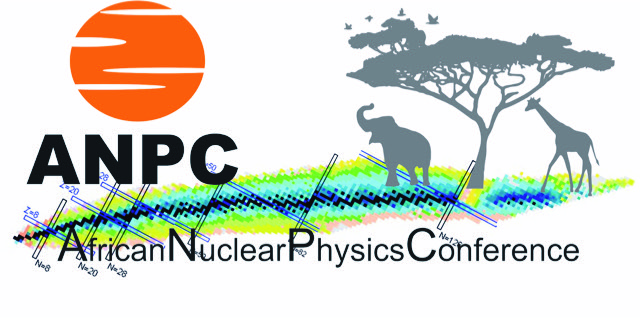Speaker
Description
The description of shell structure has evolved in recent years extending toward the driplines. The role of shell closures has been challenged and modifications of shell structure have been observed in short-lived nuclei with extreme proton-to-neutron ratio.
The harmonic oscillator shell gap at N=40 is reduced as protons are removed from Ni to Fe and Cr isotopes. Both $^{66}$Fe and $^{64}$Cr show a decreased energy of the yrast $2^+$ state and increased transition probability B(E2; $2^+$ $\rightarrow$ $0^+$). The collective behavior is caused by quadrupole correlations which favor energetically the deformed intruder states involving the neutron $g_{9/2}$ and $d_{5/2}$ orbitals and proton excitations across the Z=28 sub-shell gap. Moreover, the proton-neutron tensor force, and in particular the strongly attractive monopole part, is expected to modify the shell structure in this region. These potential changes in the intrinsic shell structure are of fundamental interest for testing the validity of modern residual interactions and their predict power further from stability. The subtle interplay between such shell-evolution mechanisms provokes the modification of the magic numbers and gives rise to new regions of deformation and shape coexistence phenomena. Previous studies indicate $^{64}$Cr as the center of a new region of prolate deformation. As in the case of $^{32}$Mg along $N$ = 20, shape coexistence should be expected in this region.
We will present some unpublished results from an experiment performed at the RIKEN Nishina Center for Accelerator-Based Science. A high intensity 238U beam impinging on a Be target was used to produce the nuclides of interest in in-flight fission. In the experiment the EURICA gamma-ray array surrounded the implantation detector AIDA into which the fragments of interest were implanted. The fragments were identified using the BigRIPS separator employing the DE-ToF-Brho method. New gamma transitions de-exciting isomeric states, as well as states populated in the beta decay have been identified. In particular new isomers in neutron-rich Ti isotopes are identified. The proposed spin and parity assignments will be motivated and the implication for the structure of the isotopes will be discussed in comparison to state-of-the-art shell-model calculations.

